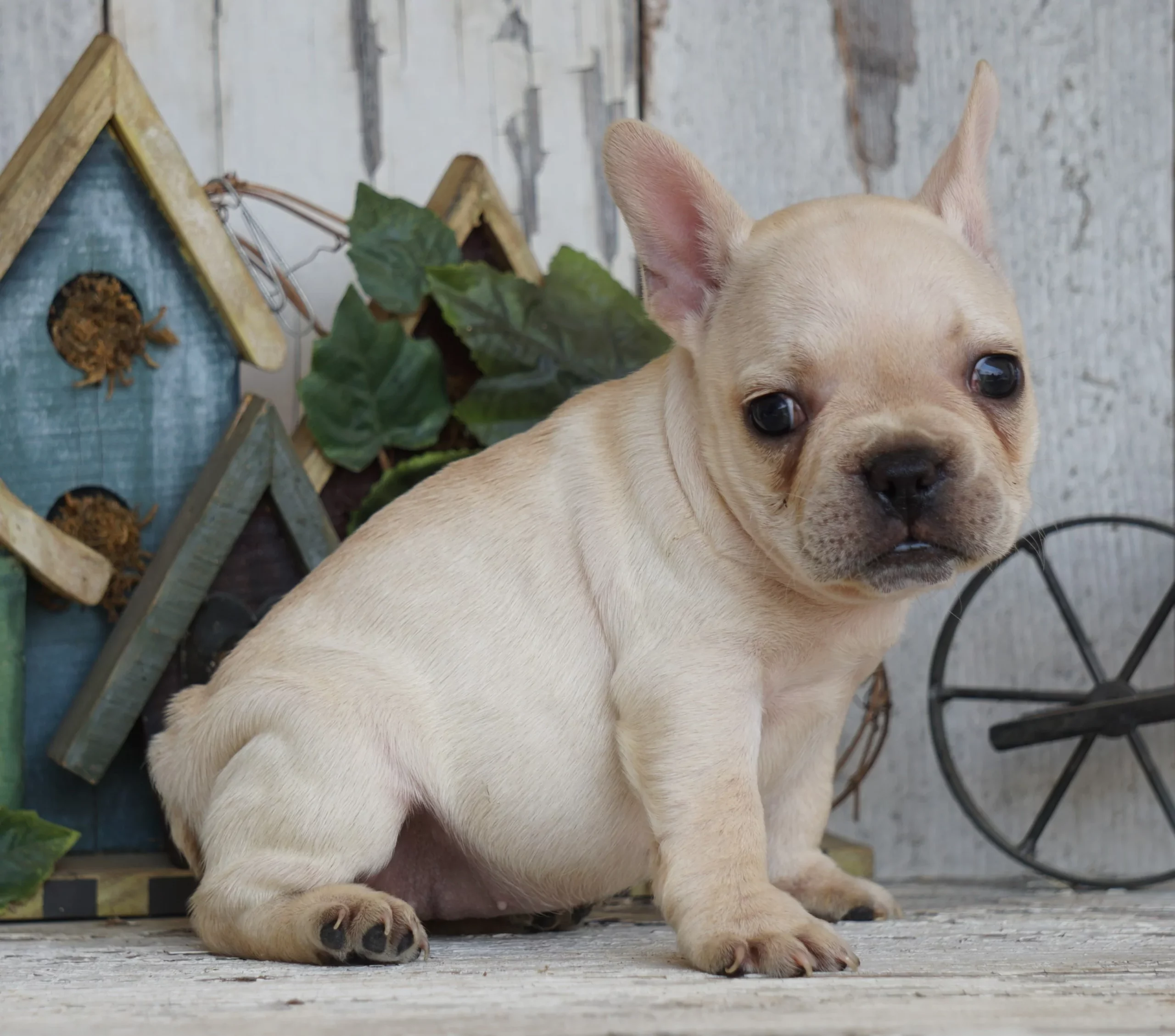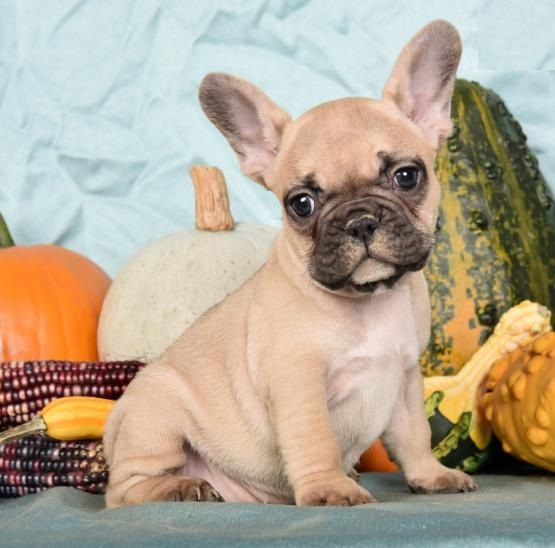Tan Frenchie bulldogs are a type of bulldog that is typically black and tan in color. They come from the Italian bulldog family and have been bred for generations to be obedient, working dogs. While these dogs can be Tediously Obedient, they can also be quite active and playful when they want to be. If you’re looking for a Bulldog that is both stylish and professional, then a tan Frenchie may just be the perfect option for you!
History
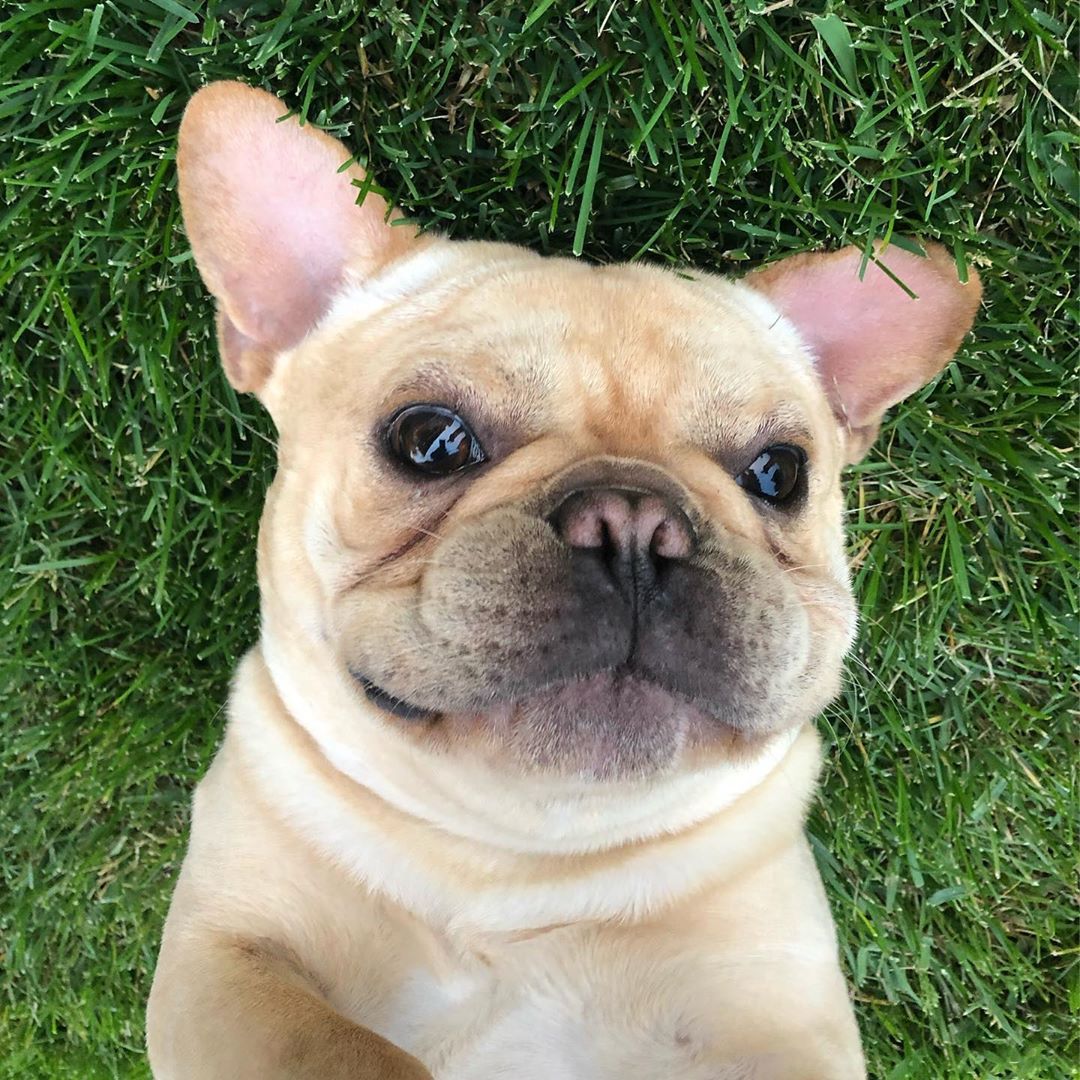
The history of the tan Frenchie bulldog can be traced back to 1881 when a dog breeder named John Fenton imported a white bulldog from England. The tan Frenchie, or white labrador retriever, was quickly gaining popularity as a working dog in America. By the early 1920s, there were more tan Frenchie Bulldogs in the United States than any other breed. In 1924, the American Kennel Club (AKC) recognized the tan Frenchie as a purebred bulldog and designated it their official dog of choice for show dogs. Today, there are over 10,000 tan Frenchie Bulldogs living in North America and dozens of Tan Frenchie Bulldog Rescue organizations exist worldwide to help these puppies find homes.
Personality & Temperament
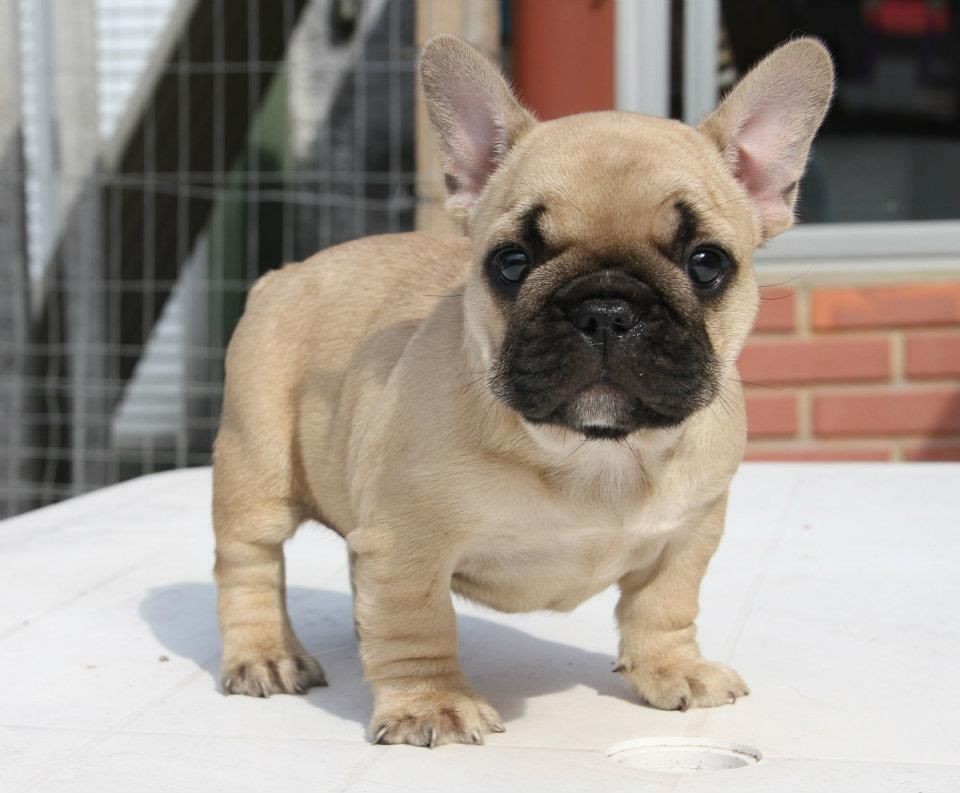
Tan Frenchie Bulldog is a unique dog that has a blend of both East Coast and West Coast personality. This bulldog has a high energy level and is always on the move, which can be seen in his lively personality. However, he also has a deep protective streak and is fiercely loyal to his family and friends. The temperament of a tan Frenchie bulldog is typically friendly and playful. They make great family dogs, but can also be willful and independent. They are also very active and will love to play fetch or go on walks with their owners.
Height, Size & Weight

A tan Frenchie bulldog should stand at least 18 inches (43.6 cm) tall and weigh at least 30 pounds (14 kg). While there is no one “ideal” weight for a tan Frenchie bulldog, most buyers would say that a larger dog is better suited for family life.
Different types of tan french bulldogs
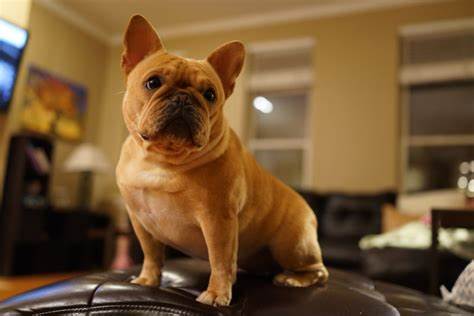
The brindle French bulldog is one of the most popular types of tan Frenchie bulldogs. This dog has a reddish brown coat that ranges in shade from light to dark, with auburn highlights throughout. The brindle French bulldog is energetic and playful, and he loves spending time outdoors playing fetch or frisking around with his friends. He’s also very loyal to his family and will protect them fiercely if needed.
The sable French bulldog is another popular type of tan Frenchie bulldog.
Health
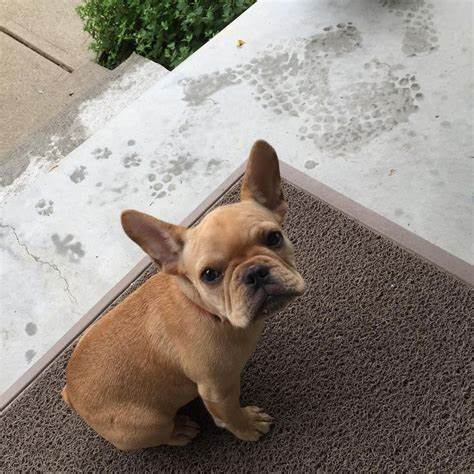
Lifespan
Many tan Frenchie bulldogs live into their 10 to 12 years of life. This is an average lifespan for a bulldog, but some may even last longer. Some tan Frenchie bulldogs have been known to live up to 15 years.
Common Health Problems
Tan Frenchie bulldog health problems include skin conditions, skin tags and sunburns, and ear infections. The dog’s coat may also become greasy and matted. Other common health problems include obesity, diabetes, back problems, epilepsy, heart issues, and joint pain.
Training
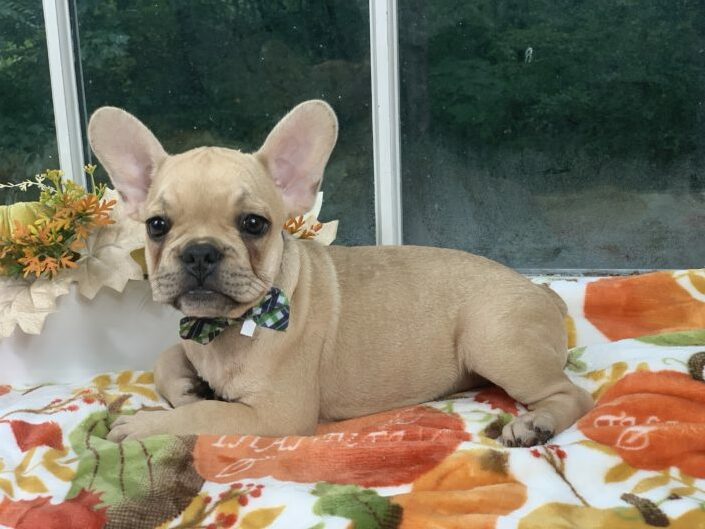
Crate Training
A good way to start crate training your tan Frenchie Bulldog is by providing them with an enclosed space where they can safely stay. This will help teach them the importance of obedience and prevent them from running amok. Once they are comfortable with being in their crate, you can begin to add other activities such as walking or playing outside. It is important that you do this gradually, as Tan Frenchie Bulldogs can become focused on one thing at a time if they feel like they are not getting what they need.
House Training
The first step is to designate one or more dominant members of the household who are responsible for caring for and feeding the dog. These individuals should be nominated by the owner and have total control over when and how the dog is fed. Next, owners should create a routine for their Tan Frenchie bulldog that will make life easier. A good routine could include daily exercise, walking on a leash at least once per day, playing with toys, and being taken for regular checkups and cleaning. Finally, owners should always remember to never put their Tan Frenchie bulldog in an environment that they cannot handle – such as in an open-air playpen or on a hard surface without supervision!
Grooming
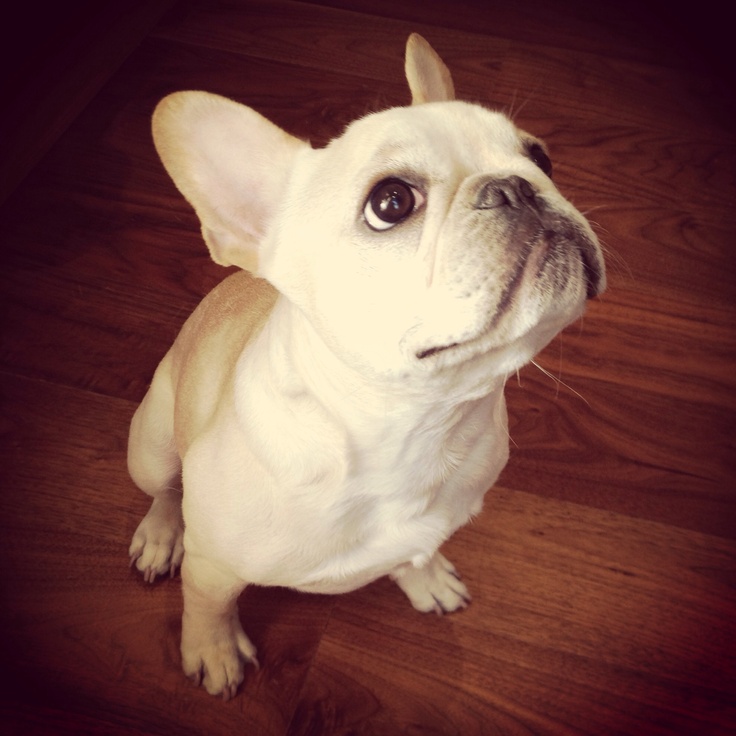
A good brushing every day will keep their coat clean and free from tangles. You can also use a special dog brush designed for this purpose, or use a hoof duster to remove any dirt or debris. A tan Frenchie bulldog’s coat need only be brushed on the outside; you should never brush on the inside of their mouth or between their toes, as this can stimulate saliva production and cause bacteria buildup. If your dog has long hair, you’ll need to get it trimmed regularly; shorter hair can be kept short using a pair of shears or clippers. Bathe your dog only as necessary- if it gets dirty quickly, you can use a diluted vinegar solution or just water to clean it off.
Diet

Diet for a tan Frenchie bulldog includes plenty of high quality protein, lots of fresh vegetables and fruits, and enough water to keep them hydrated. Fatty acids from the dog’s diet should also be supplemented with fish oil supplements. Some tips for feeding your Frenchie include providing plenty of chew toys and bones, as well as offering a variety of foods at each mealtime.
Exercise

Exercise is critical for tan frenchie bulldogs, and there are a few basic exercises that tan Frenchie bulldogs should be doing. These include: running around and playing fetch, walking on a leash, and playing in a small area. The tan Frenchie bulldog loves to run and play so he needs lots of exercises. He also enjoys walks so his owners made sure to get him a good hiking harness and leash so he can roam around the neighborhood.
Conclusion
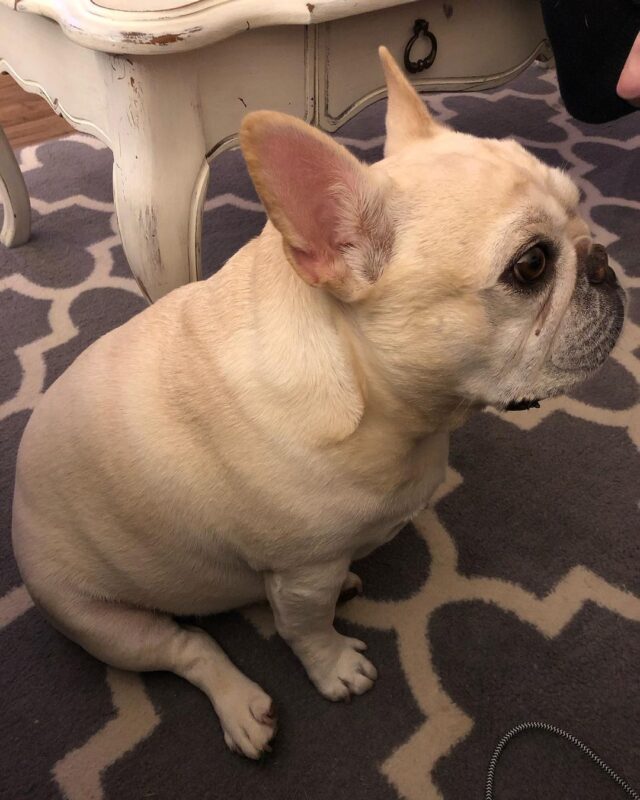
Tan Frenchie bulldogs are one of the most popular breeds of dogs, with a loyal and affectionate nature. Despite their size, tan Frenchie bulldogs are gentle giants that make great family pets. They’re also known for their playful natures and loving personalities. If you’re looking for a loyal
and affectionate pet that’s also great for playtime, a bulldog is a perfect choice.
FAQS
What colors do french bulldogs come in?
French Bulldogs come in a variety of colors, including black, brown, blue, cream, fawn, gray, green, light brown, mahogany, orange, red, and rust. French bulldogs can also have mixed-colored coats. Some bulldogs may have patches of one color and some may have patches of another color.
What’s included in the price of the average tan Frenchie?
The average price of a tan Frenchie bulldog varies depending on the breeder, but can generally be found between $1,000 and $2,500. This price includes the dog itself, registration fee, veterinarian care for the first year, and a litter of puppies. Some additional expenses that may be associated with owning a tan Frenchie bulldog include food (typically $60 per month), training costs (around $200 per year), and toys ($25 per month).
Will it be easy to breed my tan Frenchies together?
If you’re looking to breed your tan French Bulldogs together, you’ll likely find it relatively easy. While some may argue that color is the most important factor when breeding French Bulldogs, temperament and size are also important factors to consider. Breeding two dogs of similar temperament should be fairly easy, as long as they are compatible energy-wise. If one dog tends to be more dominant than the other, they may not get along well during mating season. Size can be a bit more difficult to judge, as both male and female French Bulldogs can vary considerably in size. It’s best to check with your breeder or a reputable bulldog information source for specific guidelines on how to gauge compatibility when breeding Frenchies together.
Are tan Frenchies easier to train than other french bulldog breeds?
Some people believe that tan Frenchies are easier to train than other french bulldog breeds. This may be because they have a less stubborn personality and are more likely to listen when their owners speak to them in a calm, gentle voice. Another reason may be that they’re not as eager to chew on things as other French bulldog breeds.
